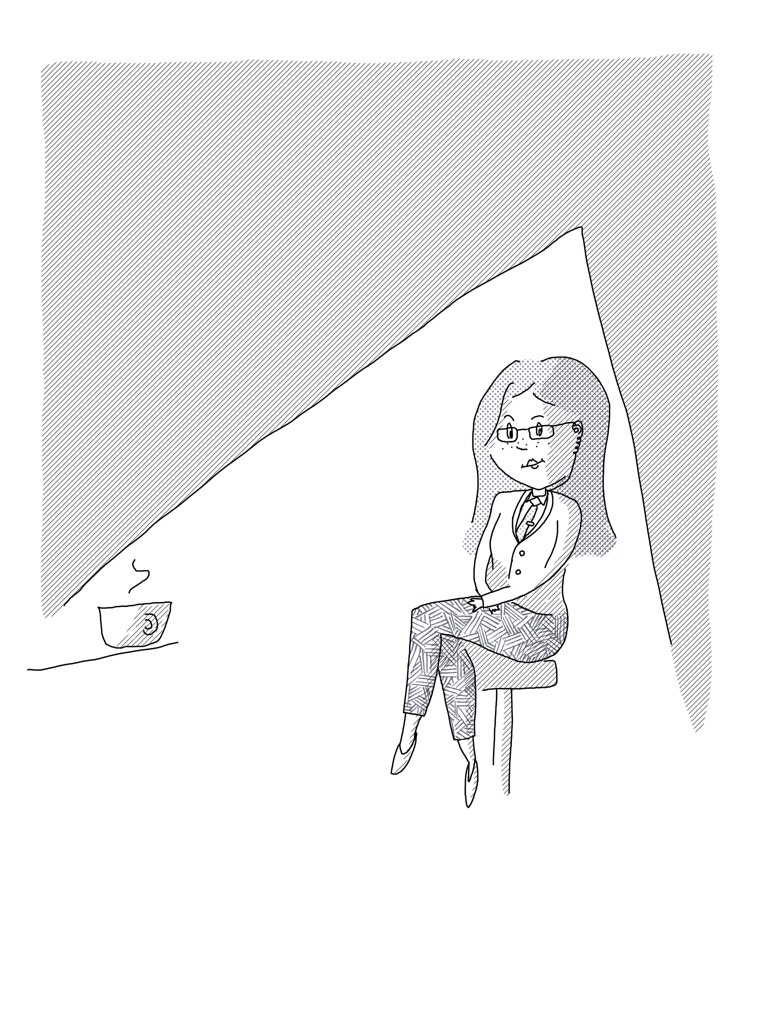Hiragana Noir
I’m excited to announce a new project that steps outside my usual work - a neo-noir detective story that doubles as a unique language learning tool. Meet Hiragana Noir, a language learning novella that presents an entirely new entry point to acquiring Japanese.
A Story with a Twist
In this tale, private investigator Damian Day is hired to probe a daring casino heist. What seems like a simple investigation quickly spirals into a labyrinth of twists and deception - just like any true noir mystery should.
What Makes This Project Unique?
Hiragana Noir is unlike any conventional language learning app, book or resource, presenting a truly unique experience to new Japanese learners. Hiragana Noir is a fully-fledged novella, written in English, designed so that learners pick up the Hiragana script as they experience the story.
No drills
No writing activities
No ‘education’ vibe
Instead, the entire process is woven into the story. All you have to do is read and ‘pick up the script’ as the carefully placed mnemonic enrich plot, characters, twists and clues.
If this is the first you’ve heard about my book, why don’t you take a look to get a sense of what I mean:
… Let’s take another look at some of those pictures again, this time with the Hiragana overlay:
An Inside Look at the Story: Crafting a Mnemonic
It can be hard to fully understand what I’m trying to achieve here without actually reading the story, so let’s take a look at a moment from the book. In this particular scene, the story’s protagonist, Detective Day, is lured to a dimly lit ramen shop beneath a railway bridge in the early hours of the morning. As he approaches the underpass, Damian says:
“Nestled under a railway bridge in the heart of River City sat Hiro’s - a fixture for night owls, drifters, and shift workers, its dull red lantern drawing them in like moths to a flame."
As I wrote this section realized a few things: The sound “mo” in the phrase ‘like moths to a flame’ perfectly echoes the sound of the Hiragana character も. Then it suddenly dawned on me that the も symbol, with its circular shape and horizontal strokes, could actually resemble a lantern’s form with moths buzzing around. This subtle yet powerful connection between text and visual is at the heart of what I’m calling the Narrative Mnemonic Method. Interestingly though, I don’t think the mnemonic carries the same weight, unless you’re seeing it in the context of the story.
The Narrative Mnemonic Method
When I started this project, I didn’t have a fixed list of mnemonics in mind, I just began writing and the mnemonics naturally emerged like with the example above. While I have seen some educators build stories around pre-existing mnemonics before (no idea ever comes completely out of the blue), I feel there is a subtle difference in what I’m trying to achieve. They use story to illustrate existing mnemonics, whereas this generates the mnemonics and connects them into the twists, characters, turning points, and clues. Learners acquire the script because the mnemonics matter to the story, whether it be through character development, plot or even ambiance. This organic development inspired me to develop what I call the Narrative Mnemonic Method (NMM). Here’s how it works:
Story First, Lesson Second:
The narrative creates a memorable, cohesive group of mnemonic moments that make learning Hiragana intuitive and emotionally engaging. But more important than this, it is a story that stands on its own. A learner can also read it without the assistance or explanation of a teacher.Cohesive Mnemonics:
Normally mnemonics are completely disjointed and unconnected in terms of theme. With NMM, the mnemonics are connected through the different parts of the story, they belong together as a set, and even belong to a particular order.
Acquisition-based Learning:
The symbols are ‘picked up’ as they are encountered in meaningful scenes. This forges a deeper connection within the learner, as there is the mnemonic itself as well as the narrative mnemonic’s place and role in the story.An Immersive Experience:
With over 150 illustrations and an immersive soundtrack (composed by the renowned Kevin MacLeod), every detail is designed to pull you into the world of the story and away from traditional rote learning.
Speaking of soundtracks, if you’re curious about the vibe of the story, feel free to listen to it here or on Spotify:
Who Will This Benefit?
I recognize that no single approach suits everyone. Traditional methods like Tofugu’s mnemonics, Dr Moku or Hiragana in 48 Minutes work great for most learners - but not for everyone. Hiragana Noir is for those who need something different to get off the mark. It’s for learners who:
Struggle with conventional methods.
Are seeking an immersive learning experience.
Appreciate a narrative that transforms language acquisition into an adventure.
Final Thoughts
Beyond its educational value, Hiragana Noir is a labor of love. It’s allowed me to revisit my past and pour my passion into a story that captivates and challenges its reader. I never give up on my students in the classroom and I firmly believe that everyone has the potential to learn a language. I think this book has the potential to make the impossible, possible for a large number of learners.
I invite you to experience this project when it becomes available, but in the meantime I’m eager to answer any questions. Drop me a comment on Instagram or Facebook, or shoot me an email. If you would like a link to access the story sample below, please get in contact.
Happy Sleuthing!





















